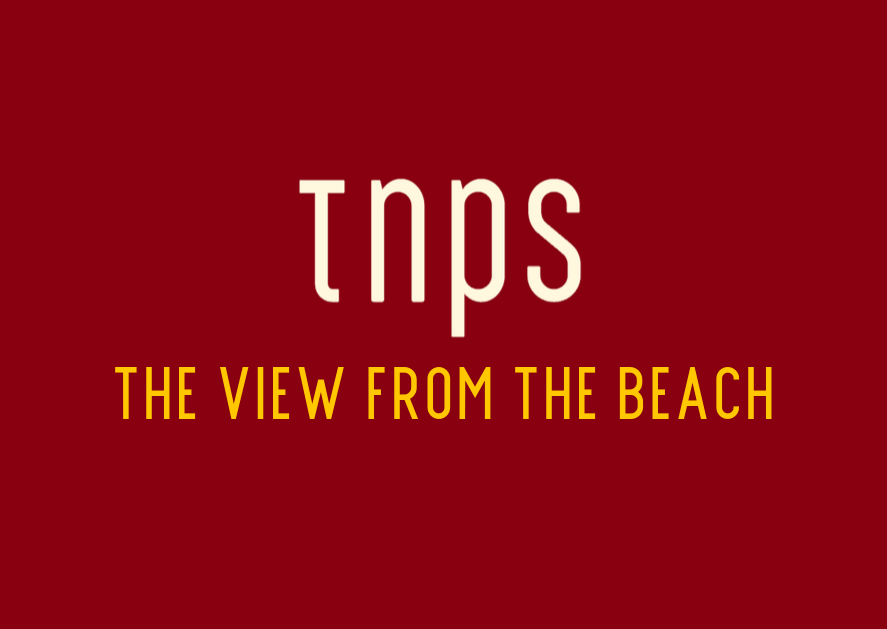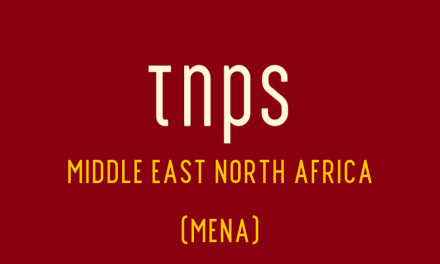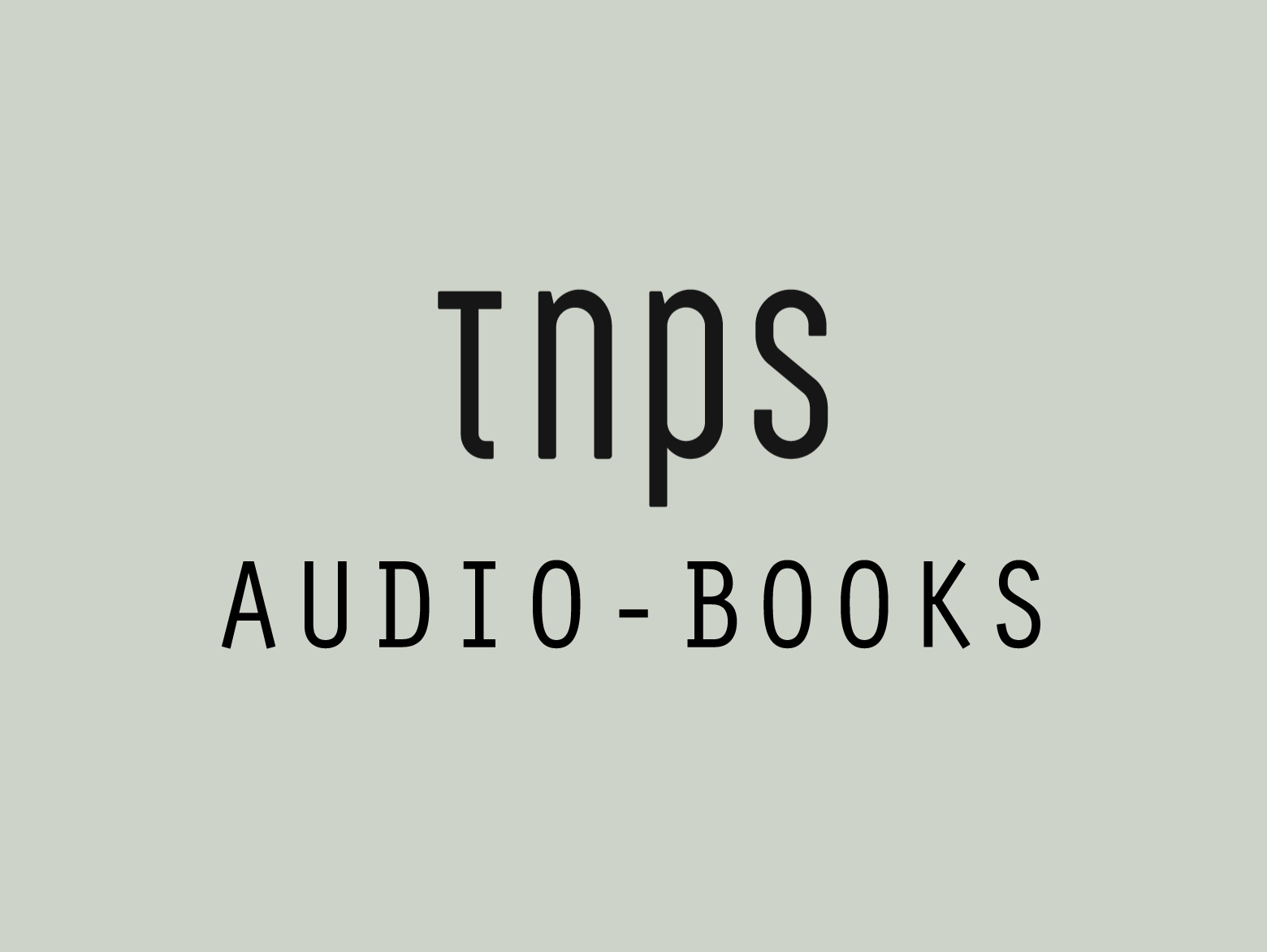The same historically unsound accounting logic pervades the subscription debate, where many publishers are so busy obsessing over the “revenue” numbers that they lose sight of the bigger picture and profit and unit volume that subscription brings to the table.
One of the defining themes of the Old Normal in book publishing is the idea that success is measured by revenue. We see it all the time. Book A sold 10-thousand copies in hardcover at $20 a shot for $200,000 while Book B sold 10,000 ebooks at $5 per shot and pulled in only $50,000. Hardcover wins the day!
Except, likely half of that hardcover price went to the retailer, so strike $100,000 from the gross revenue at point of sale. And what was left for the publisher and author after printing and distribution costs, warehousing, returns, etc, will amount to a small fraction of that cover price.
The digital price might be delivering as much as 70% retail value and of course there are no printing, warehousing and distribution costs, nor returns to factor in.
Even within the digital sector the old thinking pervades. We are constantly told how audiobooks are the new black, bringing in tidy sums, but again we are talking revenue, not real costs.
Leaving aside the reality that ebooks significantly outsell audiobooks in both revenue and unit numbers, once we factor in the costs of audiobook production then audio becomes a niche market for all but the richest publishers.
And for those audiobooks that are sold the unit price is usually higher than the hardcover, deterring consumers and depressing sales, while delivering an artificially inflated revenue value for those units that are sold. Sell 10 ebooks at $5 and bring in $50. Sell 10 hardcovers at $20 and bring in $200. Sell 10 audiobooks at $30 and bring in $300. Yet likely the ebooks delivered the most profit.
The same historically unsound accounting logic pervades the subscription debate, where many publishers are so busy obsessing over the “revenue” numbers that they lose sight of the bigger picture and profit and unit volume that subscription brings to the table.
The Pandemic-induced New Normal has begun to overturn traditional publish-think. And publishers have this past year been reporting some of the results.
From Jim Milliot at Publishers Weekly:
The decision to focus its 2020 list on books that could perform well online, in nontraditional outlets, and in digital formats improved profits at Quarto in 2020 compared to 2019 while still contributing to a decline in sales. Operating profit in the year rose 6%, to $9.3 million, while revenue declined 7%, to $126.9 million.
Although sales to the U.S. fell 11.7% last year, America remained Quarto largest market by far with, sales of $63.1 million in 2020. Throughout its English-language markets, which includes the U.K. and Australia/New Zealand, Quarto said its imprints were able to take advantage of the popularity of hobbies during Covid-imposed lockdowns, and it will continue to focus on subjects such as gardening, cooking, craft, and self-help.
Quarto will also, PW reports, broaden its U.K.-based nonfiction imprint Aurum to include a new list of narrative, non-illustrated nonfiction books.
The switch, Quarto said, “will also provide the opportunity to increase Quarto’s e-book offering, as well as the impetus to launch audiobooks in 2021” in the U.K.
Ironically the Quarto news ended on a Pandemic-induced cautious note that lies at the heart of the Old Normal dependence on analogue production.
The disruption of freight shipping (from Asia) has led to shipment delays and 300% increase in shipping costs.
Publishing has emerged from pandemic Y1 mostly stronger and leaner, but the dependence on low-cost production from regions always at risk of disruption (if not the pandemic then Trump’s trade war with China, or myriad other geopolitical and other risk factors) is something that publishers have largely skirted around rather than confront head-on.
As Pandemic Y2 unfolds, rethinking analogue approaches and embracing digital opportunities needs to be at the heart of 2021 publisher-think.





